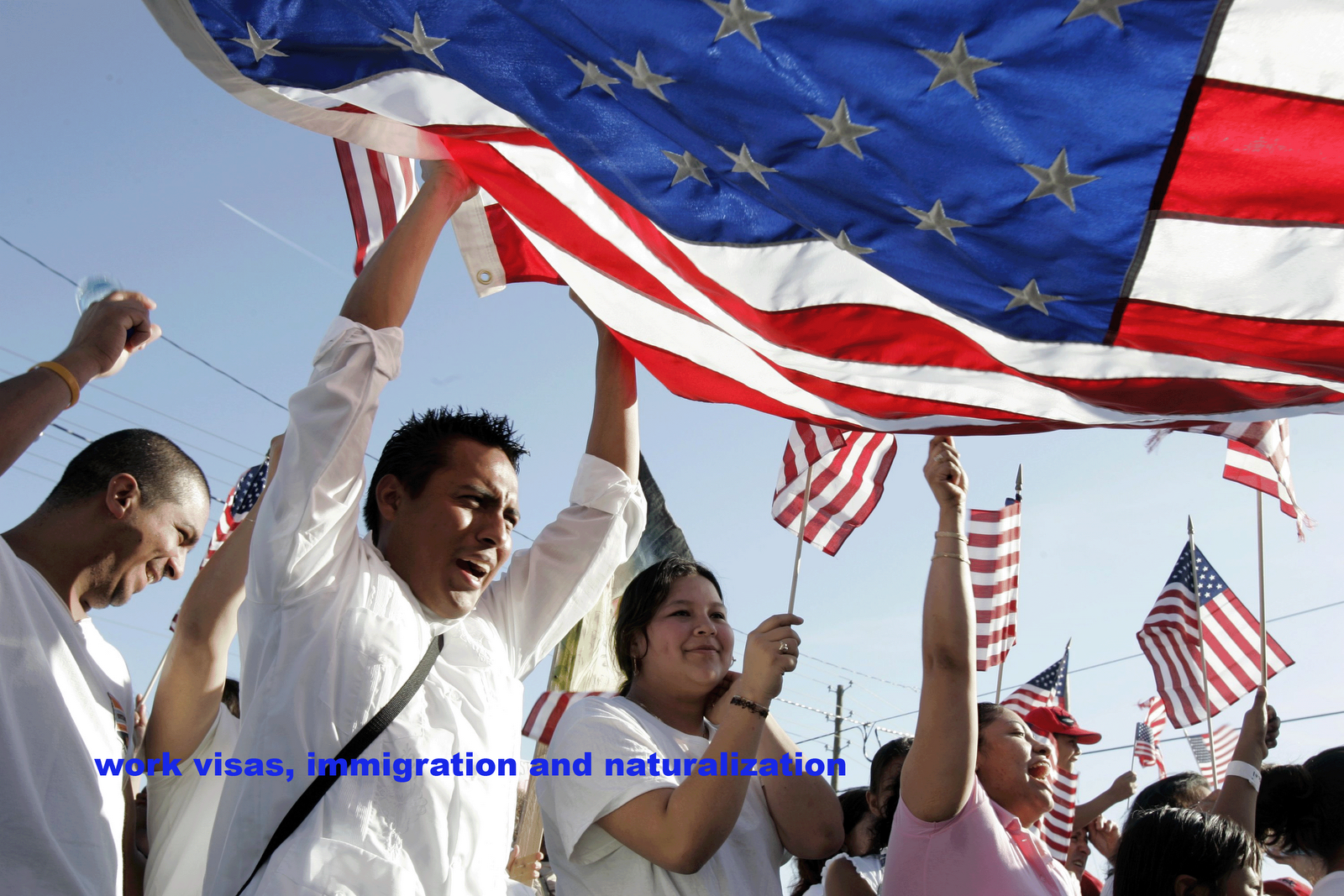
MARSEILLE, France — The minaret of the new Grand Mosque of Marseille, whose cornerstone will be laid here in April, will be silent — no muezzin, live or recorded, will disturb the neighborhood with the call to prayer. Instead, the minaret will flash a beam of light for a couple of minutes, five times a day.
Bureau Architecture Méditerranée
One rendering of the Grand Mosque of Marseille had a taller minaret than the one now planned.
Normally, the light would be green, for the color of Islam. But Marseille is a port, and green is reserved for signals to ships at sea. Red? No, the firefighters have reserved red.
Instead, said Noureddine Cheikh, the head of the Marseille Mosque Association, the light will almost surely be purple — a rather nightclubby look for such an elegant building.
So is this assimilation? Mr. Cheikh laughs. “I suppose it is,” he said. “It’s a good symbol of assimilation.”

But as Western Europe is plunged into a new bout of anxiety over the impact of post-colonial Muslim immigration — reeling in varying ways from the implications of a recent Swiss vote to ban minarets altogether — some scholars see a destructive dynamic, with assimilation feeding a reaction that, in turn, spawns resentment, particularly among young Muslims.
Vincent Geisser, a scholar of Islam and immigration at the French National Center for Scientific Research, believes that the more Europe’s Muslims establish themselves as a permanent part of the national scene, the more they frighten some who believe that their national identity could be altered forever.
“Today in Europe the fear of Islam crystallizes all other fears,” Mr. Geisser said. “In Switzerland, it’s minarets. In France, it’s the veil, the burqa and the beard.”
The large new mosque, which its builders call “the symbol of Marseillais Islam,” is a source of pride here in France’s second-largest city, which is at least 25 percent Muslim. But it is also cause for alarm, Mr. Geisser said, embodying the paradox that visible signs of integration set off xenophobic anxiety. “All these symbols reveal a deeper, more lasting presence of Islam,” he said. “It’s the passage of something temporary to something that is implanted and takes root.”
The change has been significant over the last five years, Mr. Geisser said. “Now we’re at a crossroads,” he said, of a complicated European anxiety that stems from economic crisis; the fear of globalization; the perceived increase in immigration as European birthrates fall; and the subsuming of national states into an enlarged Europe.
“There is an angst over identity in Europe,” he said. “There’s a feeling that Europe is becoming smaller and less important. Europe is like an old lady, who whenever she hears a noise thinks it’s a burglary.” This generalized anxiety and fear is translated into a specific one, he argues: Islam, “a box in which everyone expresses their fears.”
The European Union is believed to have more than 15 million Muslims and perhaps as many as 20 million. France has five million to six million Muslims, the most in Western Europe.
In general, relations between Muslims and other Europeans have been good. But the terrorism associated with attacks in France in 1995 and 2001 in the United States has resonated through the years, reinforced by the Madrid train bombings in 2004; the killing that year of the Dutch film director Theo van Gogh, a critic of conservative Muslims; the London bombings of 2005; and the controversy over Danish cartoons of the Prophet Muhammad published the same year.
In 2004, France banned the head scarf (and other signs of religious affiliation) in public schools. It is now debating a ban on the burqa, by which the government seems to mean any full facial covering, including the niqab, which shows the eyes. That controversial measure is caught up in a government-sponsored debate over national identity, led by the ministry that also handles immigration.
Both measures have been widely criticized as political maneuvers by President Nicolas Sarkozy, capitalizing on social fears to unite the center-right and co-opt the far-right National Front before regional elections in March. He has tried to play down the religious element in the debate, but he has also urged Muslims to show “humble discretion” and avoid “ostentation and provocation”; a junior minister, Nadine Morano, said young Muslims should dress better, find jobs and stop using slang and wearing baseball caps backward.
The far-right and anti-immigrant parties did comparatively well in last June’s European elections, which had a low turnout. For the first time, Britain’s far-right party won two seats, and the Dutch Freedom Party secured 17 percent of the vote.
This year, the Danes and the Swiss have brought a new focus to mosques and minarets. Plans for Copenhagen’s first two large mosques have met with strong opposition from the right. The Swiss vote brought widespread condemnation of fear-mongering and racism, including from Switzerland’s own government.
Youcef Mammeri, a writer on Islam in France and member of the Joint Council of Muslims of Marseille, says that the debates over minarets, burqas and national identity have angered many French-born Muslims and brought them together in a defensive circle.
Source:nytimes.com/

No comments:
Post a Comment